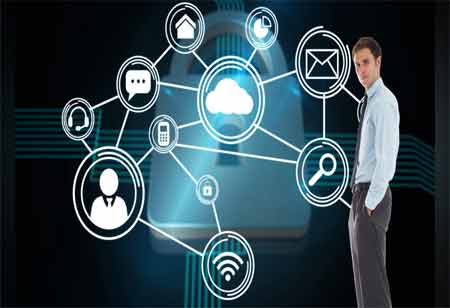THANK YOU FOR SUBSCRIBING
Edge Computing Boon and Bane
Despite its growing popularity and accessibility, edge computing is an everlasting solution for efficient and accurate data processing. Let's understand how these devices affect overall network data in the earlier cloud-oriented world

By
Apac CIOOutlook | Tuesday, July 20, 2021
Stay ahead of the industry with exclusive feature stories on the top companies, expert insights and the latest news delivered straight to your inbox. Subscribe today.
Despite its growing popularity and accessibility, edge computing is an everlasting solution for efficient and accurate data processing. Let's understand how these devices affect overall network data in the earlier cloud-oriented world.
Fremont, CA: Edge computing is a phenomenon in which computing takes place on local servers and devices “on the edge” of the network in spite of distant cloud data centers which is rapidly becoming a leading solution for powering volume and complexity of network technologies that exist at the local level of internet devices.
Despite its growing popularity and accessibility, edge computing is an everlasting solution for efficient and accurate data processing. Let's understand how these devices affect overall network data in the earlier cloud-oriented world through Pros and Corns.
The Pros of Edge Computing
- Reduces Bandwidth leading to reduction in Transition cost
Edge Computing not just simplifies the cloud security models but also helps in saving money by reducing bandwidth. As it's known, less bandwidth is required at data centers having high edge computing considering that a lot of data is being processed and stored in local servers and devices. With less data stored in the cloud, data centers can conserve their bandwidth capacity and can ignore expensive upgrades to cloud storage.
- Decreased Data Real Estate Creates Less Risk In Corporate Security
Corporate networks are always robust cloud and on-premise data centers with huge storage and processing capabilities. If more data is being stored in data centers, the more data will be required in security infrastructure to protect them from getting hacked. However, the huge amount of personalized data is a great attraction for the cyber criminals, and it also costs time as well as cost consuming to be stored in the cloud.
- Improved Response Times And Latency Across All Devices
One of the vital advantages of Edge Computing is the data processing which happens at a more local level, needs less time and latency period for the device and accordingly the user. However, Edge computing is beneficial for internet of things (loT) devices where the user will be getting quick responses as the data has not been traveled to a distance or from a cloud center.
The Cons of Edge Computing
- Geographic Disparities: Fewer Network Devices And Skilled Implementers
Inspite of the fact that edge computing provides with the best opportunities for data processing and storage at the local level, few geographical regions are at disadvantage when it comes to edge implementation.
However, areas where only few people have the financial and technical resources, there will likely be only few active edge devices and even local servers. And they will only have a few IT processionals who can work with local edge network devices.
- Loss Of Data with Potential Energy
Purposeless data are always discarded after being processed on edge devices, and they never make it to the cloud data center for the storage process.
Have you ever wondered what if by mistake useless data made it to cloud storage? Although it can be a tough job to go through all the existing data in the cloud, but its central storage also provides reassurance that it is available when ever needed. But in this process sometimes it can lead to crucial data getting misinterpreted and lost by the edge device.
See Also: Top 10 Cybersecurity Consulting/Services Companies





